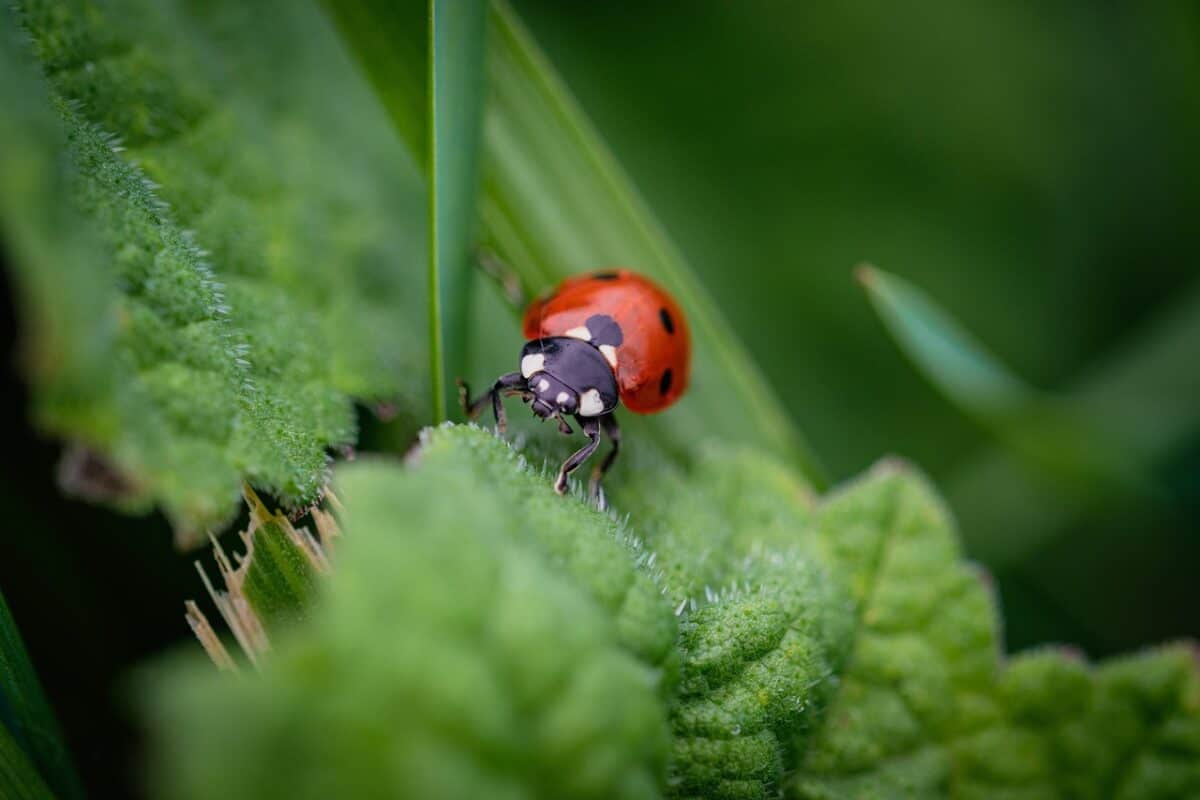In the fierce arena of beetle reproduction, males engage in remarkable physical contests that showcase nature’s evolutionary arms race at its most dramatic. These battles for mating rights are not merely simple shows of force but complex interactions shaped by millions of years of evolution. From massive horns and mandibles to specialized fighting techniques, male beetles employ an impressive arsenal of weapons and strategies to outcompete rivals and win access to females. Their struggles represent one of nature’s most visible examples of sexual selection, where physical attributes directly influence reproductive success. This fascinating aspect of beetle biology reveals how physical strength, specialized adaptations, and strategic combat have evolved specifically for reproductive competition, turning these insects into some of the animal kingdom’s most impressive fighters relative to their size.
The Evolutionary Arms Race

Sexual selection has driven the evolution of exaggerated male traits in many beetle species, creating what biologists call an evolutionary arms race. Unlike natural selection, which favors traits that enhance survival, sexual selection promotes characteristics that increase mating success, even when these features may be cumbersome or energy-intensive. In beetles, this has resulted in the development of horns, enlarged mandibles, and other weapons that can reach astonishing proportions, sometimes exceeding the length of the beetle’s body. For instance, the rhinoceros beetle (Dynastinae) possesses horns that can reach up to two-thirds of its body length, while stag beetles (Lucanidae) display mandibles that can span more than half their total size. These weapons serve primarily as tools for male-male competition rather than defense against predators, highlighting how powerful the selective pressure for mating rights has been throughout beetle evolution.
The Arsenal of Weapons
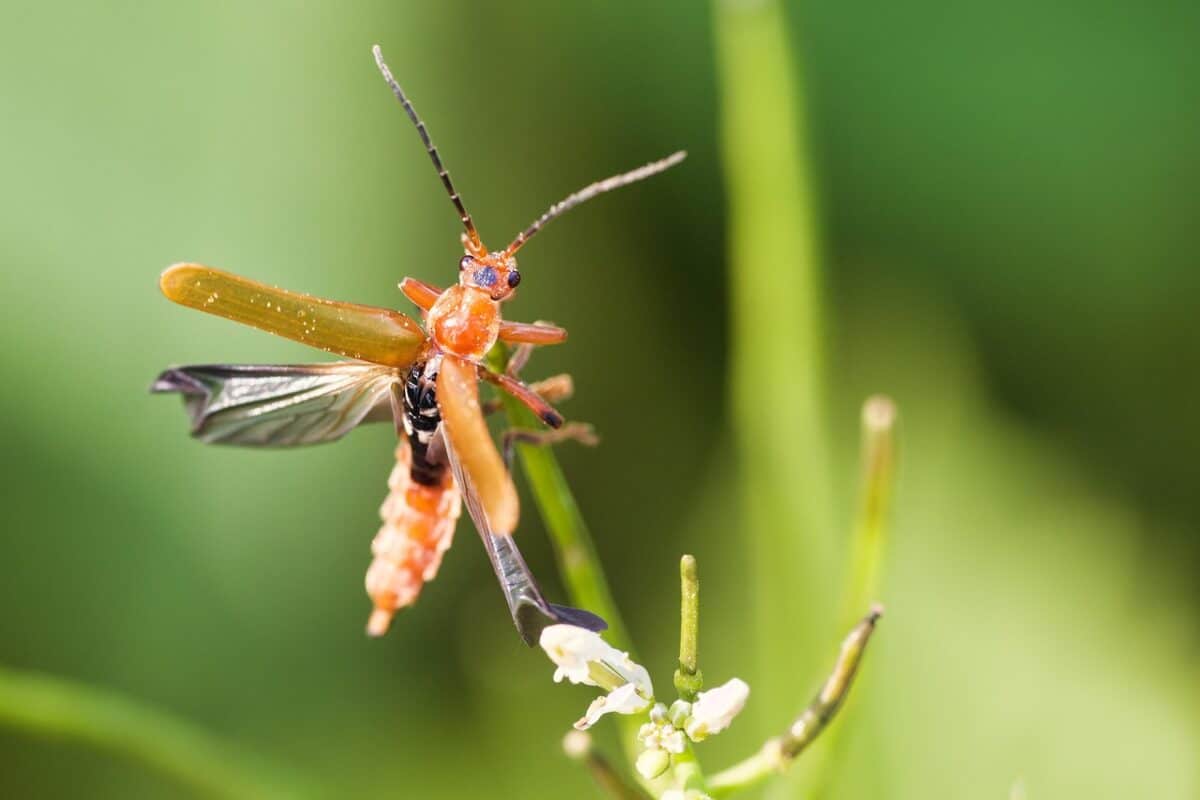
Male beetles possess an impressive diversity of specialized weapons that vary dramatically across species. Rhinoceros beetles feature elaborate horns on their heads or thoraxes, which they use as levers to pry opponents away from females or off tree branches. Stag beetles wield massive mandibles that function like antlers for grappling with rivals. Dung beetles (Scarabaeidae) often possess horns or ridges on their heads and thoraxes that serve as tools for shoving competitions. Some frog-legged leaf beetles (Sagra) have dramatically enlarged hind legs with sharp spines, which they use to grasp and throw opponents. Each weapon type has evolved to match the specific fighting environment and style of its species, whether that’s battling on narrow tree branches, within tunnels, or on open surfaces. These weapons represent some of the most extreme morphological adaptations in the animal kingdom, with some male beetles dedicating up to 30% of their body mass to their fighting apparatus.
Size Matters: The Advantage of Being Big

In beetle battles, size typically confers significant advantages. Larger males generally possess more formidable weapons, greater strength, and enhanced fighting endurance. Research on Japanese rhinoceros beetles (Trypoxylus dichotomus) has shown that males with longer horns win approximately 80% of contests against smaller rivals. In many species, male beetles exhibit remarkable size dimorphism within the same population—some individuals growing to twice the size of others—creating a hierarchy where the largest males often monopolize females. This size advantage has led to strong selection pressure for increased male body size in many species. However, this relationship isn’t universal; some beetle species have evolved alternative strategies where smaller males use different tactics to secure mating opportunities, including sneaking behavior or rapid development that allows them to emerge and mate before larger competitors. The balance between the advantages of large size and the costs of growing larger (including development time and resource requirements) creates complex evolutionary dynamics that shape beetle populations.
Battle Strategies and Techniques
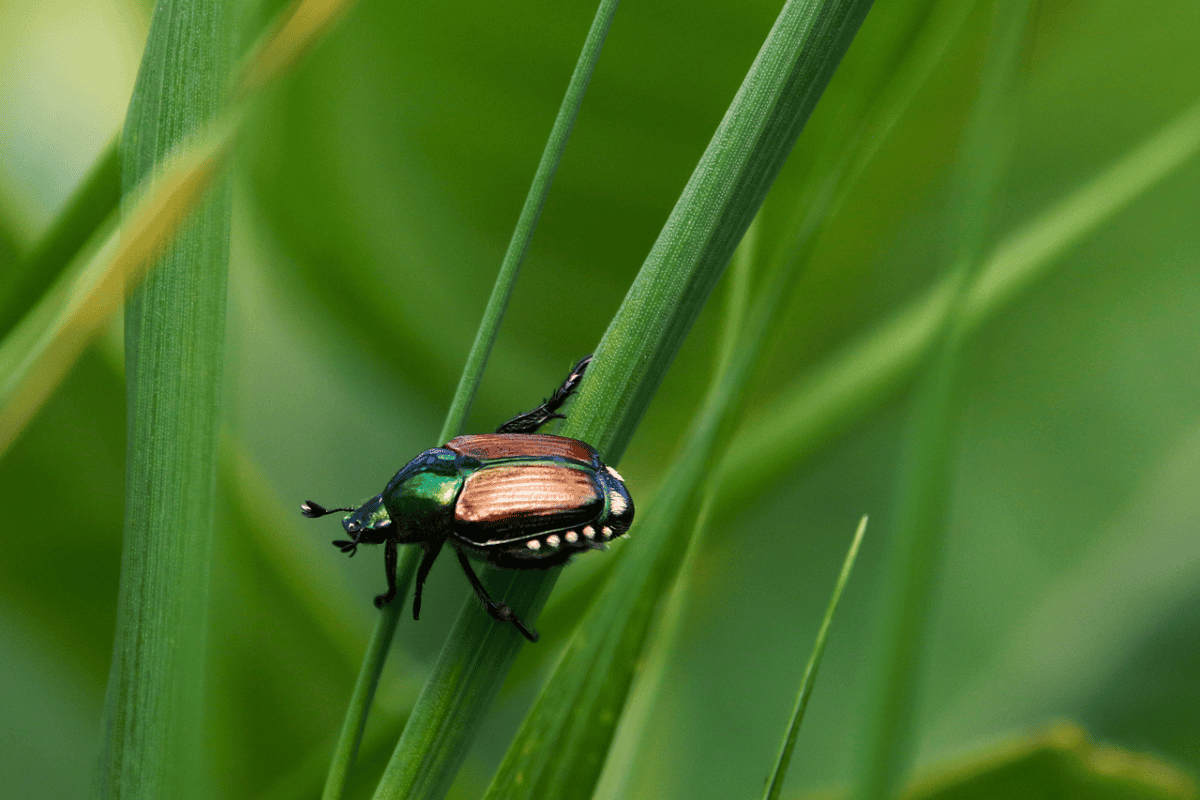
Male beetles employ sophisticated fighting techniques that maximize the effectiveness of their weapons. Rhinoceros beetles typically engage in pushing contests where they attempt to leverage their horns beneath opponents to flip them or force them off branches. Stag beetles lock their mandibles with rivals and engage in tests of strength, often twisting their bodies to gain mechanical advantage. Some species, like certain Onthophagus dung beetles, engage in “shoving matches” within narrow tunnels, where the male with superior strength forces his rival to retreat. Particularly fascinating are the Japanese rhinoceros beetles, whose fighting style resembles a form of wrestling—they grip branches with their legs while using their thoracic horn to pry opponents away from their perches. High-speed video analysis has revealed that these contests involve precise weapon positioning and leverage application rather than just brute force. Males also demonstrate assessment behaviors, where they evaluate opponents before engaging in full combat, sometimes avoiding fights with clearly superior rivals—a strategy that minimizes injury risk and conserves energy for more evenly matched contests.
The Role of Horns in Combat

Beetle horns represent some of the most spectacular structures in the insect world and serve as primary weapons in male-male combat. These horns aren’t simple spikes but complex structures that can take various forms: forward-projecting horns, branched antler-like projections, or curved implements resembling sickles or pitchforks. The shape of each horn type is precisely adapted to its fighting function and environment. For example, the forked horns of many Onthophagus dung beetles are perfectly sized to fit around a rival’s body, allowing males to lift and eject competitors from tunnels. Dynastes hercules, the Hercules beetle, possesses a massive thoracic horn that works in conjunction with a smaller head horn to form an effective pincer for gripping opponents. Research using 3D-printed model beetles has demonstrated that even subtle differences in horn morphology can dramatically affect fighting performance. Some species show remarkable specialization, with different horn shapes evolving to match the physical constraints of their fighting arenas, such as tunnel diameter in dung beetles or branch width in tree-dwelling species.
Mandibles as Weapons
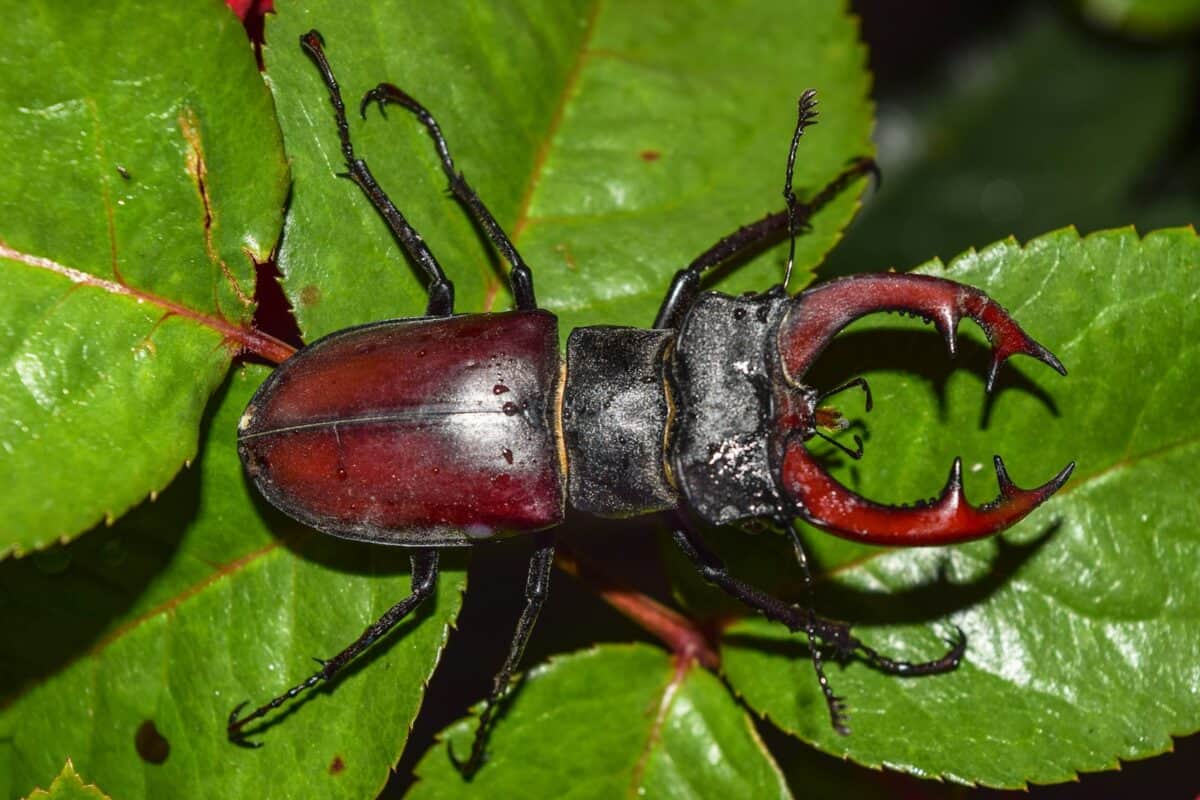
While horns receive much attention, the enlarged mandibles of stag beetles (Lucanidae) represent equally impressive weapons in beetle combat. These modified mouthparts can grow to extraordinary proportions, sometimes comprising up to 30% of the male’s total body weight. Unlike horns, which are primarily pushing or lifting tools, mandibles function as grasping and pinching weapons. During combat, male stag beetles lock their mandibles around rivals’ bodies, limbs, or mandibles, engaging in tests of strength that can last several minutes. Research has revealed that mandible size correlates strongly with muscle mass and bite force—larger mandibles generally deliver more powerful bites. However, the relationship between mandible size and fighting success follows what biologists call an “honest signal” system, where the size of the mandible accurately reflects the fighting ability of its owner. Some species showcase remarkable specialization, such as the rainbow stag beetle (Phalacrognathus muelleri), whose mandibles feature inner teeth precisely positioned to grip opponents’ exoskeletons, while others, like the giraffe stag beetle (Prosopocoilus giraffa) have elongated mandibles optimised for reaching around rivals in combat.
Alternative Male Morphs

One of the most fascinating aspects of beetle mating systems is the evolution of alternative male morphs—different male body types within the same species. Many beetle species exhibit dramatic male dimorphism, with “major” males possessing large weapons and “minor” males having reduced or absent weapons. This represents an evolutionary response to the high costs of developing weapons, which require substantial resources and development time. In species like the dung beetle Onthophagus taurus, major males use their horns to guard and fight for females, while minor males employ “sneaker” tactics, slipping past major males to access females without direct confrontation. The Japanese horned beetle Trypoxylus dichotomus shows a similar pattern, with small males often adopting satellite positions near guarded females, waiting for opportunities when dominant males are distracted. These alternative strategies represent an evolutionary stable situation where different male types can succeed under different circumstances. Interestingly, the development pathway that determines whether a male becomes a major or minor form is typically triggered by nutritional conditions during the larval stage, effectively allowing each individual to follow the life strategy that best matches its physical resources.
Female Choice and Male Combat
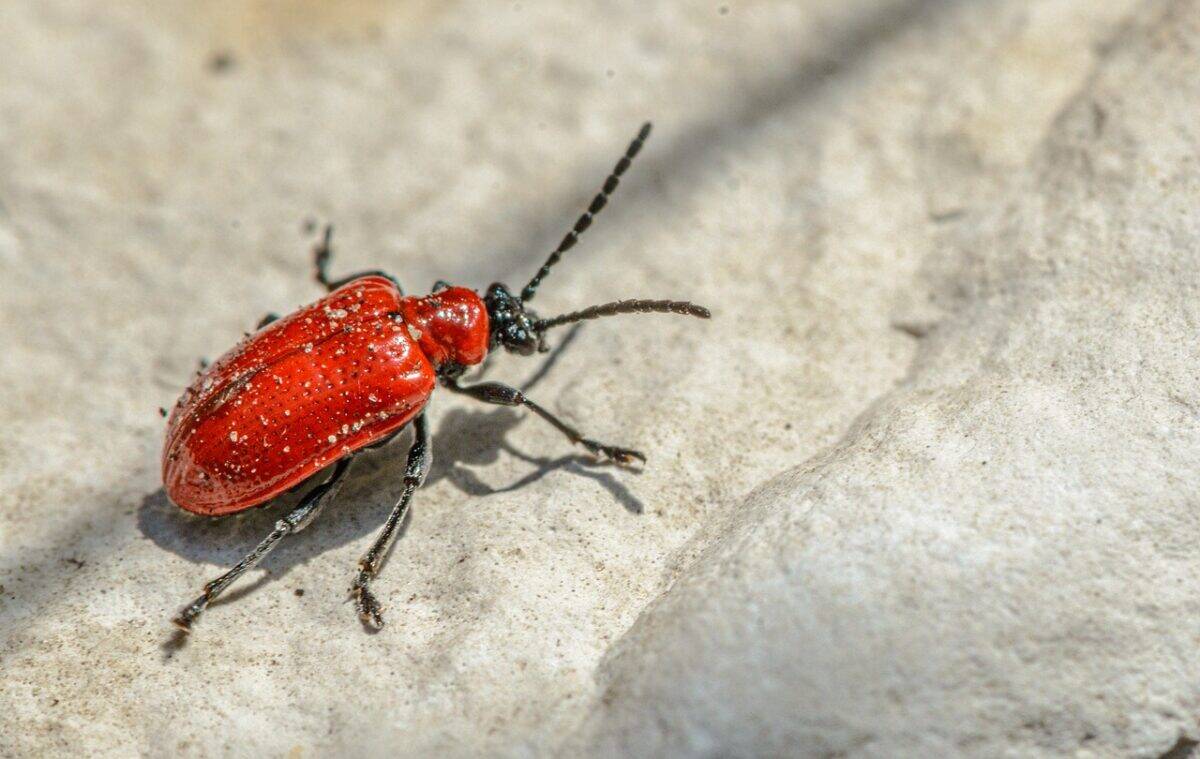
While male beetles battle for access to females, the females themselves aren’t merely passive prizes. In many species, females exercise choice even after males have fought for access to them. This creates a dual selection system where male combat determines which males gain proximity to females, but female preferences may ultimately decide which males succeed in mating. Research on rhinoceros beetles has shown that females sometimes reject victorious males or accept mating from subordinate males who approach during periods when dominant males are engaged in combat with new challengers. In some species, such as certain Onthophagus dung beetles, females appear to prefer males with larger horns, creating reinforcing selection for these traits. However, in other species, females have been observed mating with multiple males regardless of fighting outcomes, potentially reducing the reproductive advantage of winning fights. The interaction between male combat ability and female choice creates complex selective pressures that shape the evolution of male weapons and fighting behaviors, with the specific balance varying considerably across beetle species and ecological contexts.
The Energetic Cost of Combat

Beetle battles represent significant energy investments that shape male life histories. These contests can be remarkably prolonged, with some stag beetle species engaging in fights lasting over 30 minutes. During intense combat, male beetles show dramatically increased metabolic rates, sometimes consuming oxygen at more than five times their resting rate. Research using respirometry chambers has measured the precise energy expenditure during rhinoceros beetle contests, revealing that males can deplete significant portions of their energy reserves in a single prolonged battle. These energy costs create trade-offs, as resources dedicated to fighting cannot be used for other activities like searching for additional females or extending lifespan. Males must balance combat intensity against energy conservation, particularly in species where multiple contests may be necessary to secure mating opportunities. Some species show adaptations to these energy constraints, including assessment behaviors that limit fight duration and strategic disengagement when victory seems unlikely. The high energetic cost of combat also explains why some species have evolved alternative mating strategies that avoid direct confrontation, as these allow males to conserve energy while still achieving reproductive success.
Fighting in Different Environments
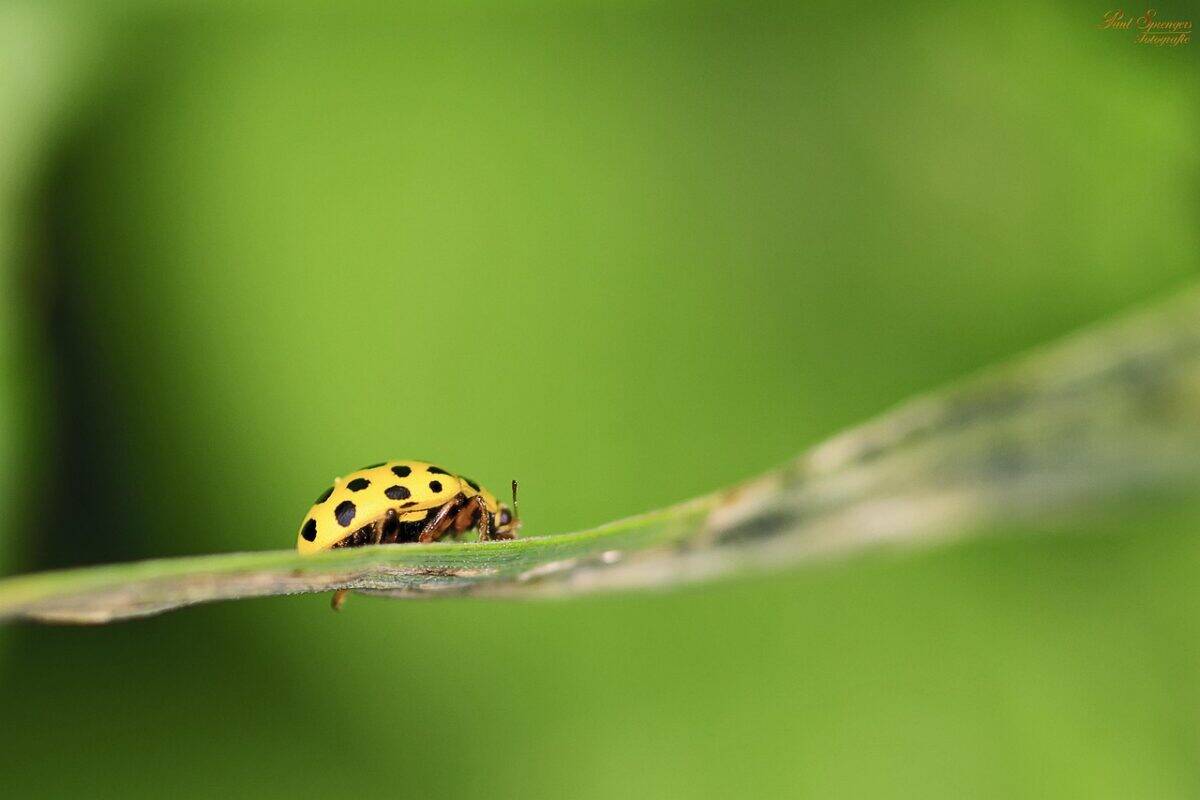
The physical environment where beetle combat occurs has profoundly shaped the evolution of male weapons and fighting techniques. Dung beetles that battle within narrow tunnels have evolved weapons and behaviors specifically adapted to confined spaces, including shoving contests where horns function as effective blocking and pushing implements. Tree-dwelling species like many rhinoceros beetles fight on branches, where leverage and grip are critical—their battles often involve attempts to dislodge opponents from perches. Ground-dwelling species frequently engage in more open contests where maneuverability plays a greater role. The fighting environment even influences the specific dimensions of weapons; for instance, studies of Onthophagus dung beetles have shown that horn width correlates with tunnel diameter, with wider tunnels favoring beetles with broader horns. Similarly, the branch width preferred by particular rhinoceros beetle species correlates with their horn length and body size. These environmental influences explain much of the diversity in beetle weapon morphology, demonstrating how the physical context of competition has driven the evolution of specialized fighting adaptations across different lineages.
Seasonal Timing and Mating Battles
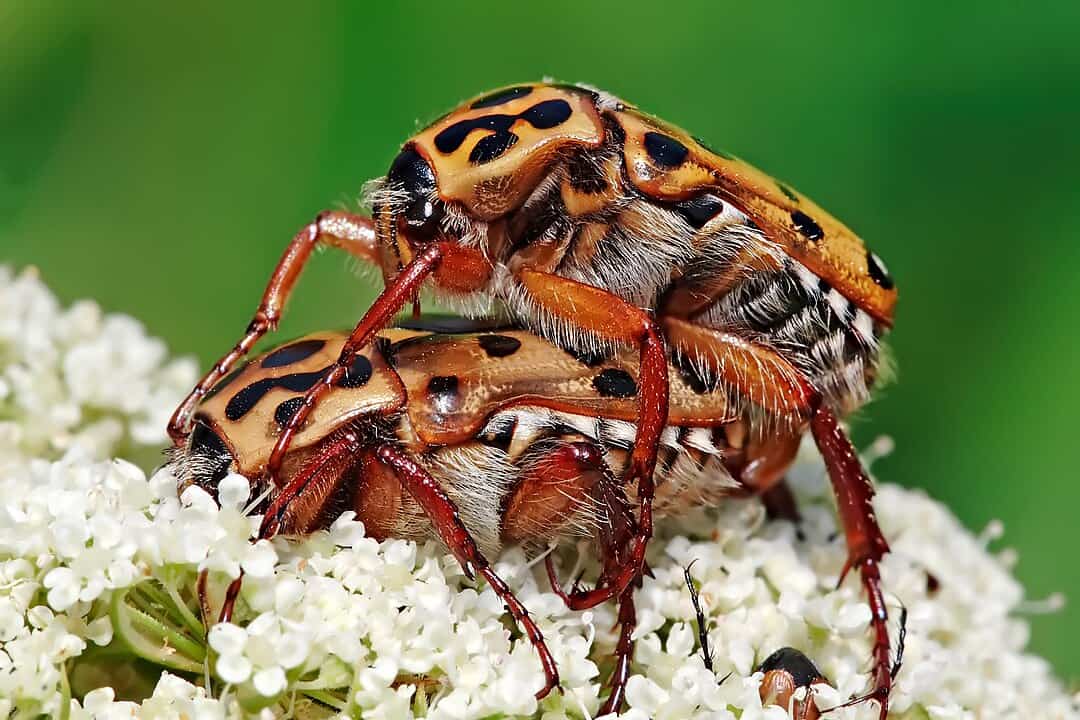
The timing of beetle mating battles often follows strict seasonal patterns that intensify competition. Many beetle species have relatively brief adult stages focused almost exclusively on reproduction, creating compressed time windows when mating must occur. In temperate regions, this often results in synchronized emergence of adults, with all males competing during a short period. For example, Japanese rhinoceros beetles (Trypoxylus dichotomus) emerge in summer with adults living only 2-3 months, creating intense competition during this brief window. These temporal constraints amplify the importance of combat success, as males have limited opportunities to secure mating. Some species show interesting temporal strategies, such as early emergence by smaller males who may mate with females before larger, stronger rivals appear. Research tracking individually marked beetles has revealed that the intensity of combat often peaks early in the season when virgin females are most abundant, then gradually declines. This temporal dimension adds another layer of complexity to beetle mating systems, with timing sometimes being as important as physical strength in determining reproductive success.
The Future of Battle: How Climate Change May Affect Beetle Combat

Emerging research suggests that environmental changes, particularly climate warming, may significantly impact beetle combat and mating systems. Temperature affects beetle development, potentially altering the size relationship between weapons and bodies or changing the proportion of major versus minor males in populations. Laboratory studies exposing rhinoceros beetle larvae to different temperatures have shown that warmer conditions can lead to smaller adult body size and proportionally smaller weapons, potentially disrupting the established combat dynamics in wild populations. Climate change may also affect seasonal timing, shifting emergence patterns and potentially creating mismatches between peak male competition and female receptivity. Additionally, as habitats become fragmented due to human activity, local beetle populations may experience altered selection pressures on weapon size and fighting behavior. While the full impacts remain to be seen, these environmental changes could significantly reshape the evolutionary trajectories of beetle weapons and combat strategies, potentially altering mating systems that have evolved over millions of years. Ongoing research using both laboratory experiments and field observations is beginning to document these changes, providing valuable insights into how animal combat systems respond to environmental change.
The remarkable physical contests between male beetles represent one of nature’s most dramatic examples of sexual selection in action, illuminating fundamental principles of evolutionary biology. These battles have driven the development of some of the animal kingdom’s most extreme morphological adaptations, with weapons that can comprise nearly a third of a beetle’s body mass and require substantial energetic investment. The diversity of fighting strategies across beetle species—from the shoving contests of dung beetles to the wrestling matches of rhinoceros beetles—demonstrates how competition for mating opportunities can generate remarkable biological innovation. Beyond their evolutionary significance, beetle battles provide scientists with accessible systems to study complex questions about animal conflict, including assessment strategies, energetic trade-offs, and alternative reproductive tactics. As research continues to reveal new details about these fascinating contests, beetles will remain powerful models for understanding how reproductive competition shapes biology, offering insights that extend far beyond the insect world to illuminate broader patterns in the evolution of animal weapons and combat.
- 10 Species Once Thought Extinct That Made a Comeback - August 9, 2025
- 11 Incredible Animals Found Only in the Pacific Islands - August 9, 2025
- Why Zebras Roll in Dust and Mud - August 9, 2025

